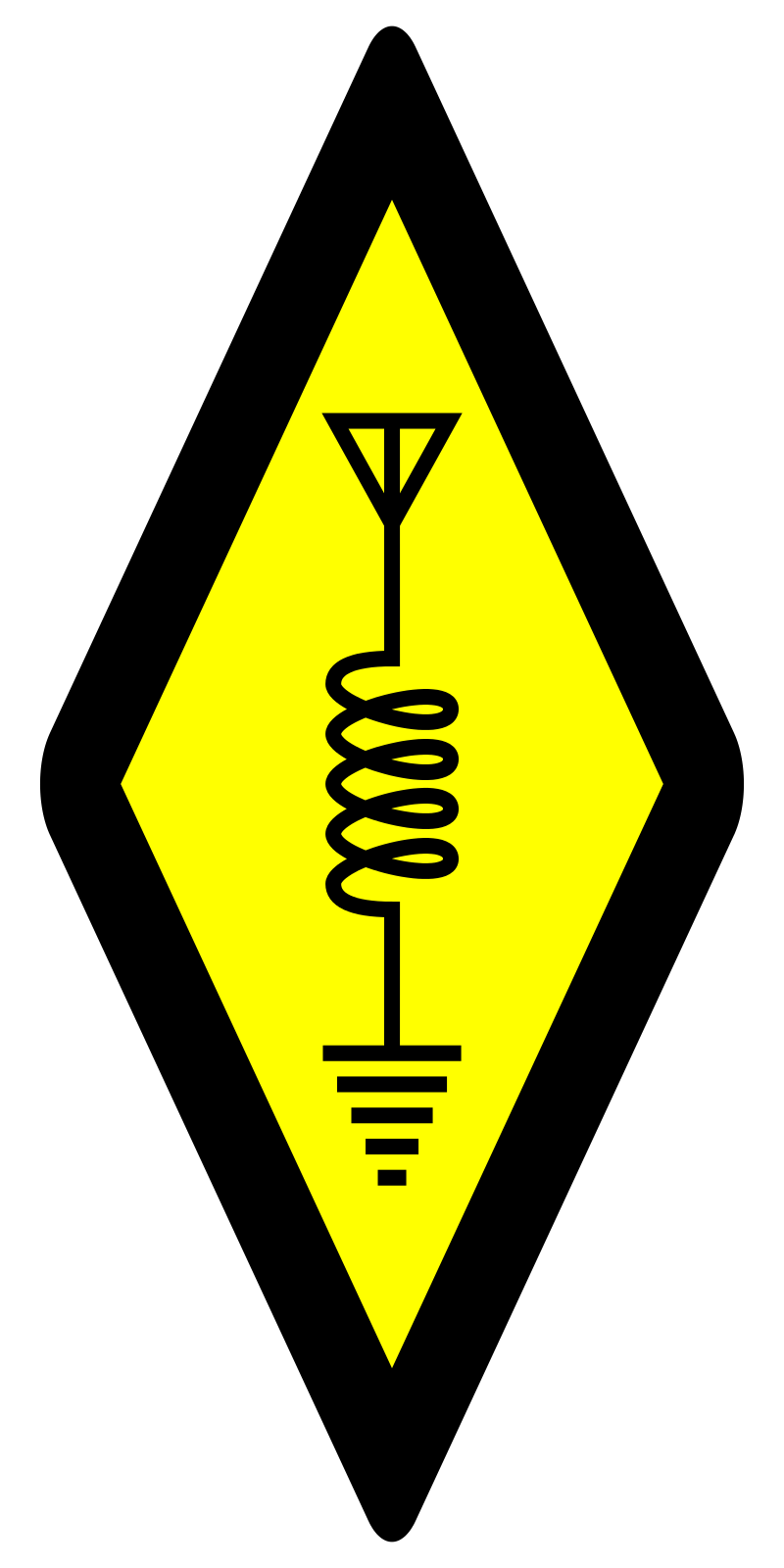

On low end CPUs you can max out the CPU before maxing out network—if you want to get fancy, you can use rsync over an unencrypted remote shell like rsh, but I would only do this if the computers were directly connected to each other by one Ethernet cable.







I know right? Almost like it should be called Spaceballs II: The Search for More Money.